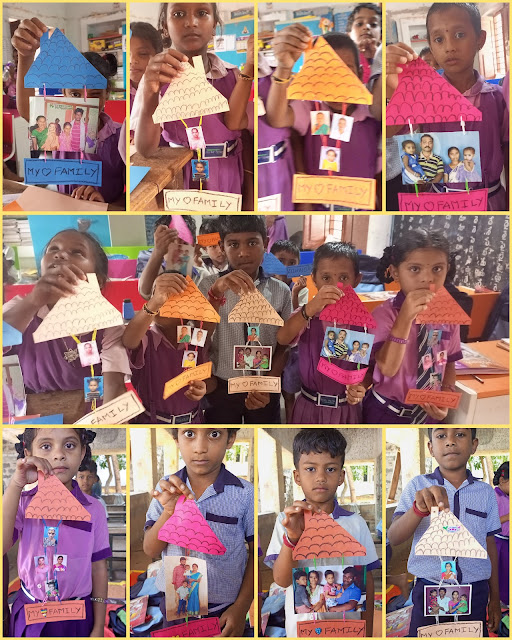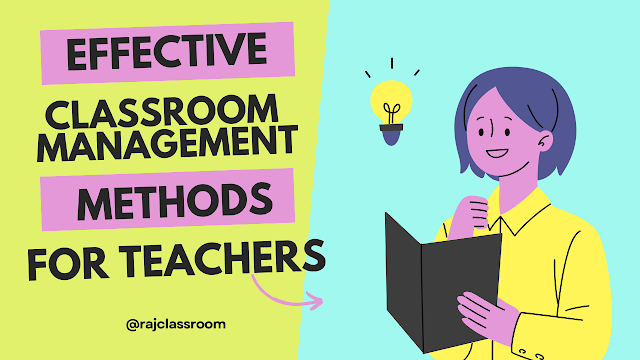My Family Creative Activity- Family Theme Activities for Kindergarten and Primary Students

Topic: My Family Activity name: "Family Memory Collage" Material needed: Family photos (ask students to bring their family photos or use printed images) Stopper pins (or paper clips if stopper pins are not available) Color cardboard sheets (various colors) Color pencils Scissors Glue or glue sticks Markers Decorative items (optional) This is a simple and fun activity for kindergarten, grade 1, grade 2, and primary students about the theme of my family. Start the lesson by discussing the importance of family and memories. You can share a short personal story or ask your students to share their experiences related to their families. Watch the Video Instructions: Distribute the colored cardboard sheets to the students. Tell them to cut the sheets like the roof of the house and the rectangle base. (Shown in the picture.) Tell them to draw curves on the roof shown in the picture. Tell them to write "My Family/ My Lovely Family" on the rectangular shape and draw a borde



